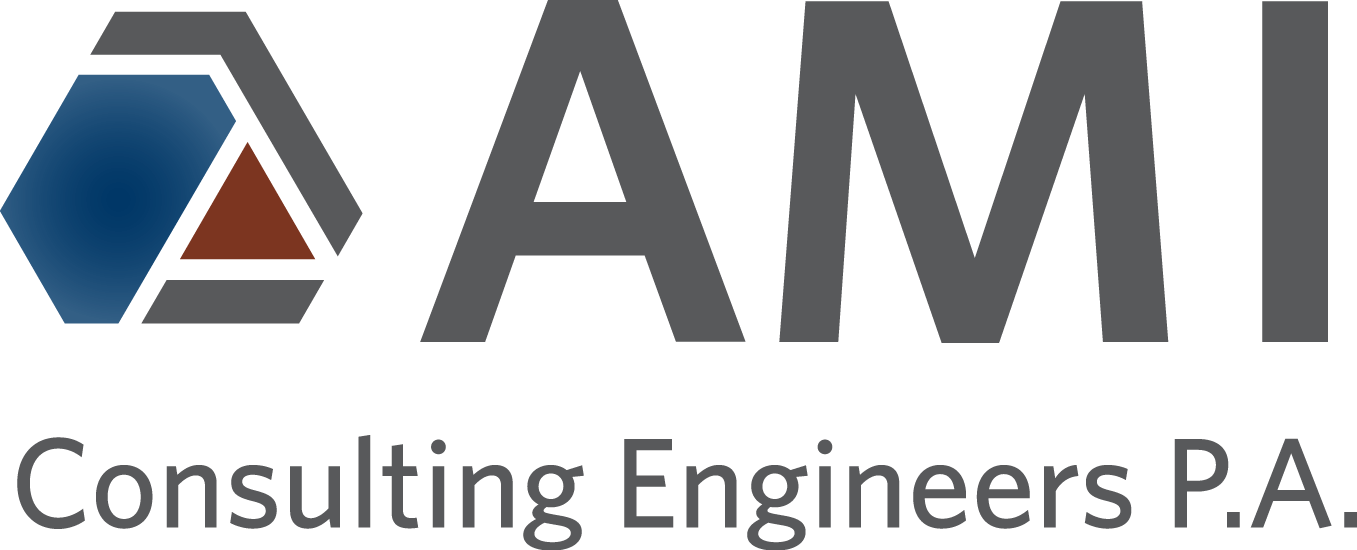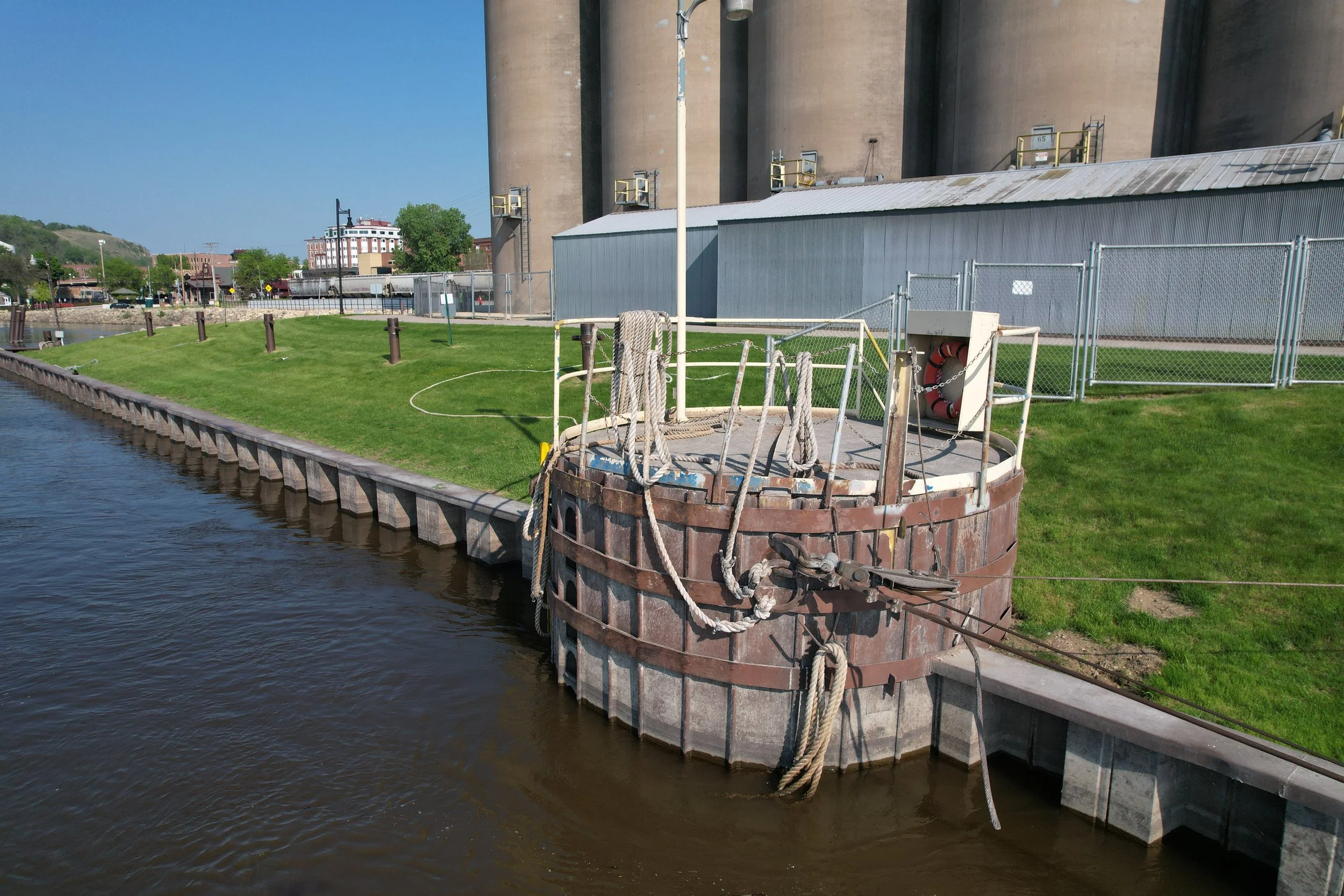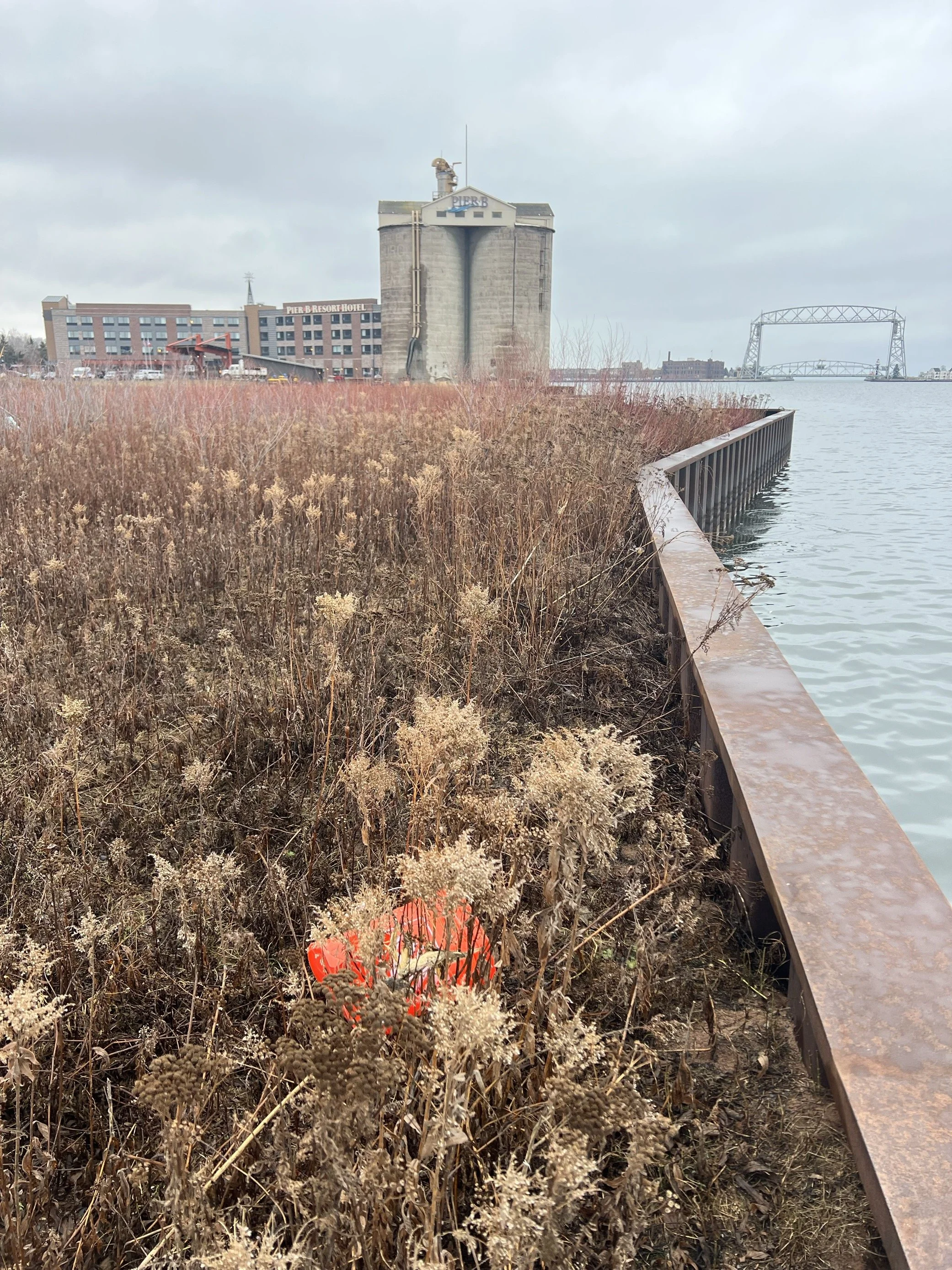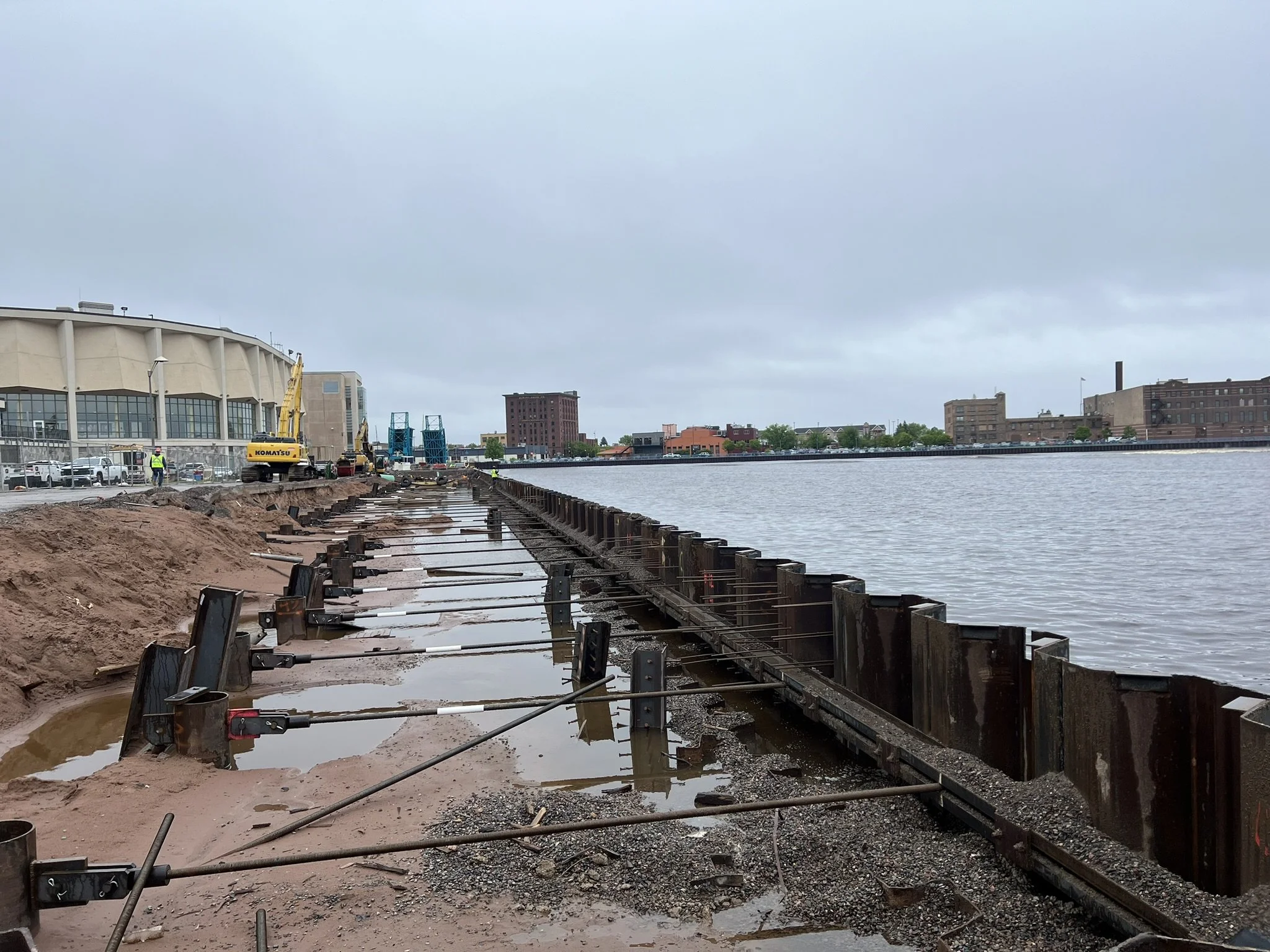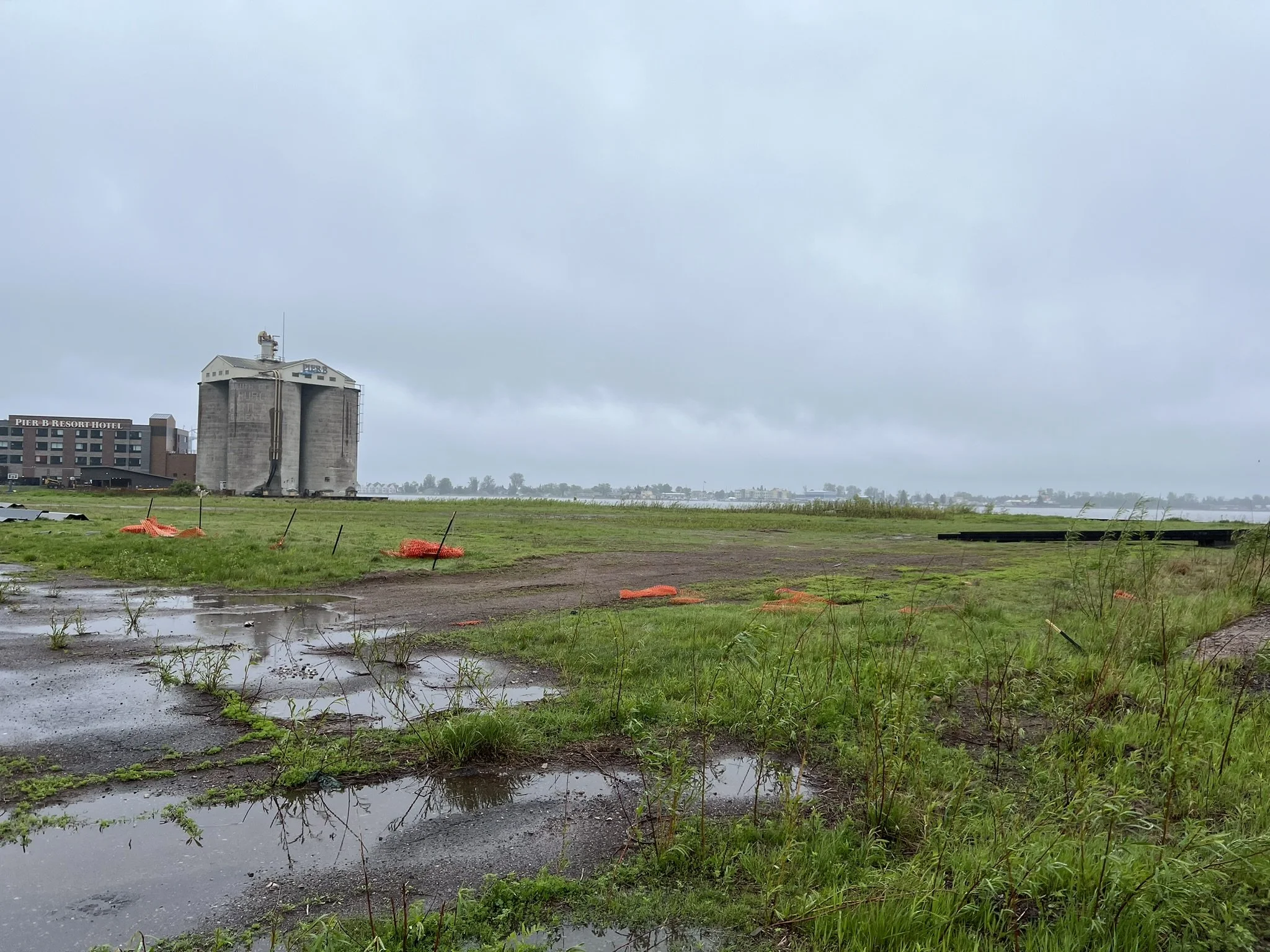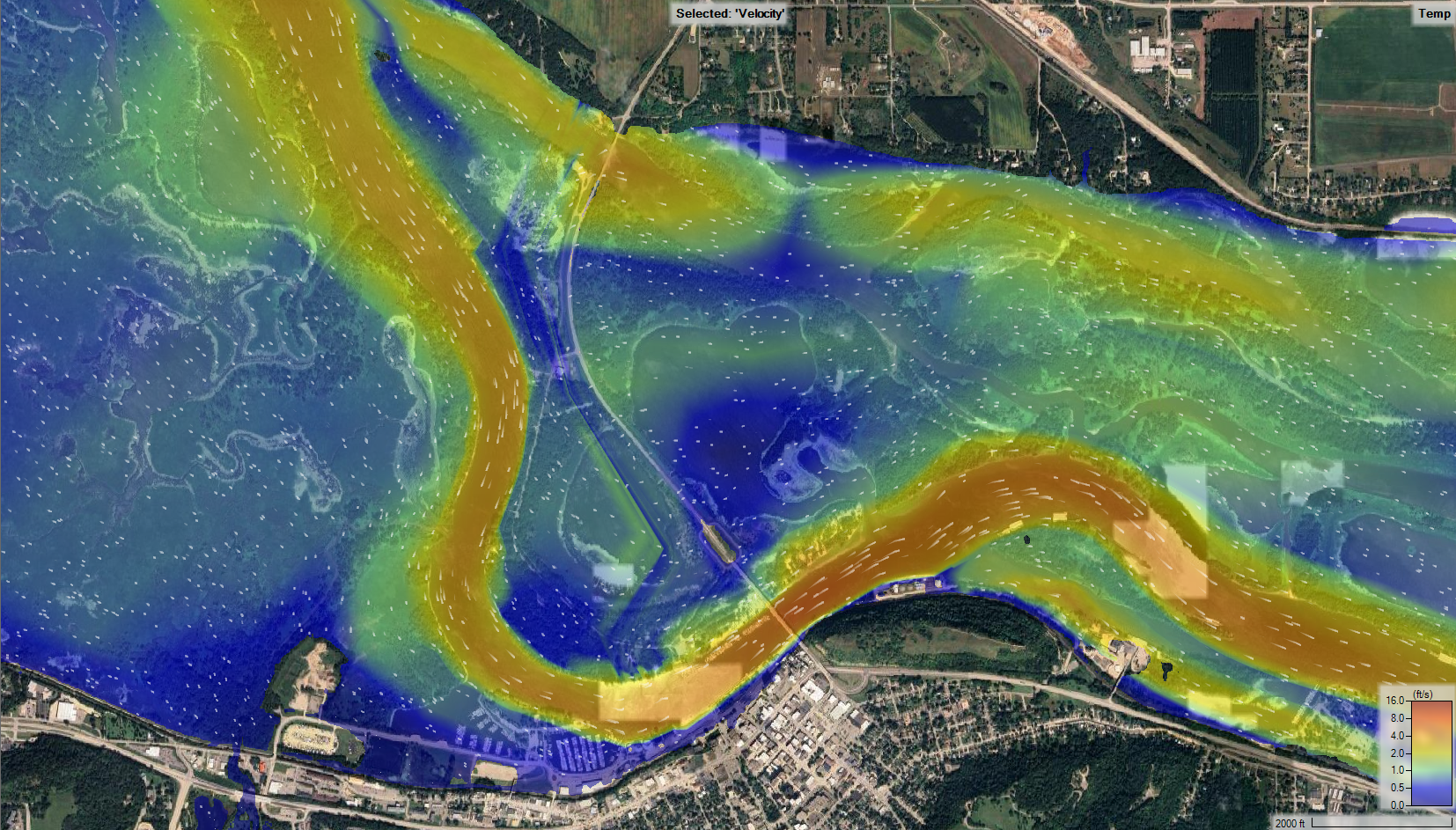
Resilient Development Begins with Understanding Flood Behavior
FLOODPLAIN MANAGEMENT
Floodplain management is critical to mitigating the damage to development from flooding. Proper management leads to reduced impacts from floods on property, infrastructure, and the community at large, while promoting sustainable development in flood-prone areas.
MANAGEMENT APPROACHES
Land-Use Regulations: A thorough understanding of local floodplain ordinances is critical to effective management
Control Structures: Control structures, such as levees or storm walls, provide a physical barrier to floodwaters
The Federal Emergency Management Agency (FEMA) plays a central role in floodplain management by providing flood risk information and developing flood zone maps. One important tool FEMA utilizes to regulate the floodplain is Letters of Map Change (LOMC). These letters officially communicate modifications to the status of a development within a floodplain. A LOMC can be requested by property owners who believe their property has been inaccurately mapped as being within a flood zone.
FLOODPLAIN PERMITTING
No Rise Certificate: A no-rise certificate is issued by the state as proof that the proposed development has no impact on the mapped base flood elevation
Letter of Map Amendment: A LOMA removes federal flood insurance requirements from a property by proving that the building is above the base flood elevation
Letter of Map Revision: A LOMR revises existing FEMA FIRM maps to account for changes to the floodplain caused by new developments & construction in the floodplain
Our in-house expertise in floodplain management and hydraulic modeling enables our team to provide management services in a timely, effective, and efficient manner.
